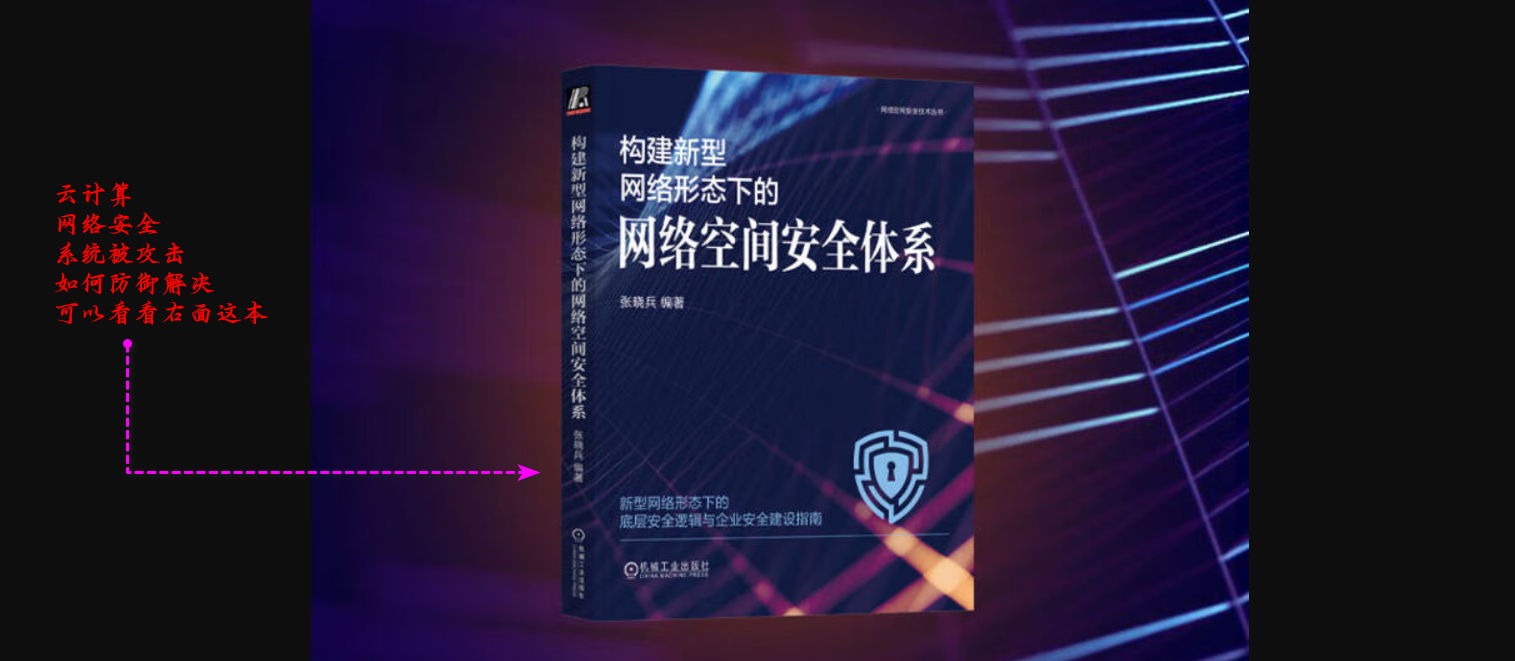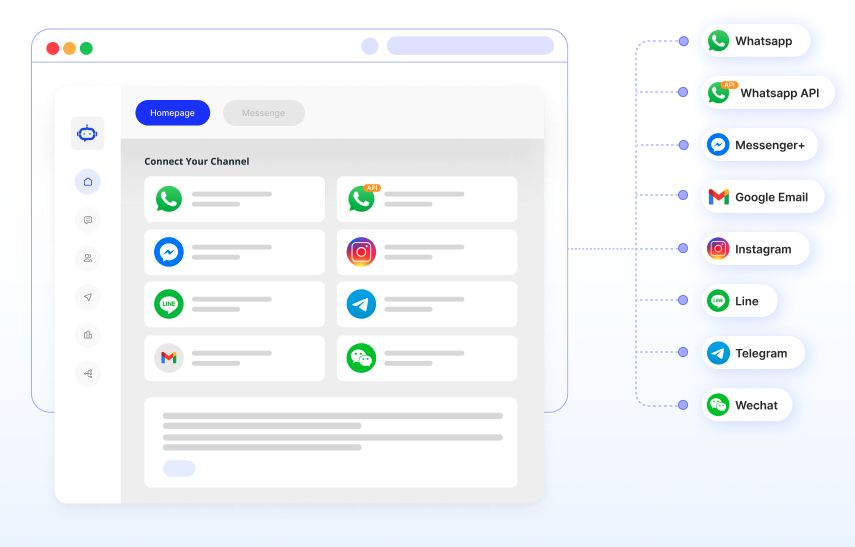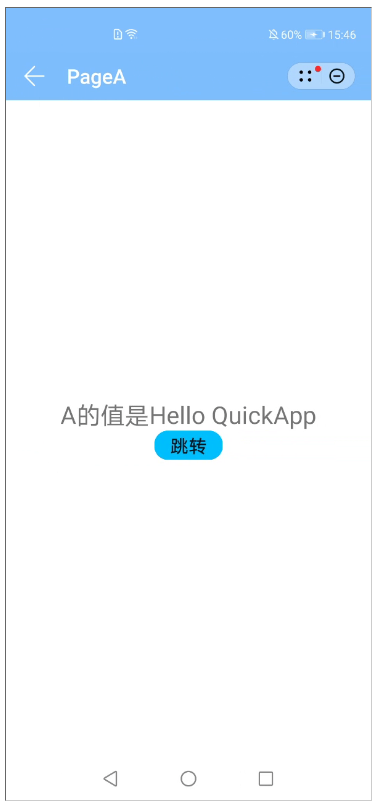摘要
在Kubernetes中,PV(Persistent Volume)和PVC(Persistent Volume Claim)是用于管理持久化存储的重要资源对象。PV表示存储的实际资源,而PVC表示对PV的声明性要求。当应用程序需要使用持久化存储时,它可以通过创建PVC来请求和使用PV。以下是使用PV和PVC时的一些注意事项:
- 定义存储类别(Storage Class):在创建PV和PVC之前,需要先定义存储类别。存储类别定义了如何将存储提供给应用程序,例如使用网络存储,本地存储等。对PV和PVC进行配对时,需要确保它们使用相同的存储类别。
- PV的访问模式(Access Mode):PV可以有不同的访问模式,包括ReadWriteOnce(单节点读写)、ReadOnlyMany(多节点只读)和ReadWriteMany(多节点读写)。在创建PVC时,需要根据应用程序的要求选择正确的访问模式。
- PVC的大小限制:PVC可以指定对PV的容量请求。在创建PVC时,请确保请求的容量不超过可用的PV的容量。
- PVC的绑定与回收策略:PVC可以根据需要与PV进行绑定和解绑定。在PVC创建后,Kubernetes会自动找到满足该PVC要求的可用PV,并将其与PVC进行绑定。当PVC不再需要时,可以删除PVC,并根据指定的回收策略进行PV的回收。
- 高可用性考虑:如果应用程序需要高可用性的存储,可以使用PV提供的副本功能。使用副本控制器(Replication Controller)或状态集(StatefulSet)来管理多个副本的PV和PVC,确保应用程序的持久化数据在节点故障时不会丢失。
- PVC和Pod的关联:PVC是通过Pod来使用的,因此在创建PVC之前,必须保证Pod已经存在或者会在PVC创建后创建。在Pod的配置中,可以通过volume的方式将PVC挂载到容器内部。
总而言之,当使用PV和PVC时,需要注意定义存储类别、选择适当的访问模式、设置正确的大小限制、配置好绑定和回收策略,并确保PVC与Pod正确关联,以确保应用程序有可靠的持久化存储。
Simply put
When using PV (Persistent Volume) and PVC (Persistent Volume Claim) in Kubernetes, there are some considerations to keep in mind:
- Define Storage Class: Before creating PV and PVC, it is important to define the storage class. The storage class defines how the storage is provided to the application, such as using network storage, local storage, etc. It is important to ensure that the PV and PVC are paired with the same storage class.
- PV Access Modes: PV can have different access modes, including ReadWriteOnce (single node read-write), ReadOnlyMany (multiple nodes read-only), and ReadWriteMany (multiple nodes read-write). When creating the PVC, select the appropriate access mode based on the requirements of the application.
- PVC Size Limit: PVC can specify capacity requests for PV. When creating the PVC, make sure that the requested capacity does not exceed the available capacity of the PV.
- PVC Binding and Reclaim Policy: PVC can be bound and unbound from PV as needed. After the PVC is created, Kubernetes automatically finds an available PV that meets the PVC requirements and binds it to the PVC. When the PVC is no longer needed, it can be deleted, and the PV is reclaimed based on the specified reclaim policy.
- Consider High Availability: If the application requires high availability of storage, replication can be used with PV. Use Replication Controllers or StatefulSets to manage multiple replicas of PV and PVC to ensure that the application’s persistent data is not lost in the event of a node failure.
- Association Between PVC and Pod: PVC is used by Pods and should be created before the associated Pod or along with it. In the Pod configuration, PVC can be mounted inside the container using the volume.
In summary, when using PV and PVC, it is important to define the storage class, select the appropriate access mode, set the correct size limit, configure binding and reclaim policies, and ensure that PVC is properly associated with Pods to ensure reliable persistent storage for the application.
PV
PV(Persistent Volume)是Kubernetes中持久化存储的抽象层,它可以将底层存储资源抽象为一个独立的对象,并让这个对象能够被Pod使用。
设计思想和执行说明如下:
- PV的设计思想:
- 抽象化:PV将底层存储资源(例如物理卷、存储设备)抽象为独立的对象,使其可以被Kubernetes集群中的各种应用和Pod使用,而无需关注底层存储的具体细节。
- 生命周期管理:PV具有自己的生命周期,可以与Pod独立存在。这意味着即使Pod被删除,PV的数据也可以保留,并可以被重新绑定到其他Pod上。
- 动态和静态供给:PV支持两种供给模式,即静态供给和动态供给。静态供给需要手动创建和配置PV对象,而动态供给可以通过使用StorageClass自动创建PV对象。
- 高可用的PV的设计思想:
- 冗余性:为了提供高可用性,可将同一份数据复制到多个物理卷或存储设备上,建立冗余副本。这样即使某个副本发生故障,仍然可以从其他副本中进行恢复和访问。
- 故障恢复:当一个PV副本发生故障时,Kubernetes会自动将Pod重新调度到其他健康的副本上,以确保数据的可靠性和持久性。
- 执行说明:
- 创建PV:根据底层存储设备的类型和供给模式(静态或动态),创建PV对象并定义其属性和规格(例如存储类型、容量、访问模式等)。
- 设置StorageClass(动态供给时):如果使用动态供给模式,则首先需要创建和配置StorageClass对象,该对象定义了动态创建PV的规则和策略。
- 创建PVC(Persistent Volume Claim):Pod通过PVC来声明对PV的需求,PVC指定所需的PV规格和属性。
- Pod与PV绑定:Kubernetes会自动将合适的PV与PVC进行绑定,并由调度器将Pod调度到可访问该PV的节点上。
- 高可用性配置:为了实现高可用性,可以通过复制数据(例如使用ReplicationController)或使用备份/恢复机制(例如使用StatefulSet)配置多个PV和Pod副本。
PVC
PVC(Persistent Volume Claim)是Kubernetes中用于声明对PV(Persistent Volume)的需求的对象。它充当了用户和底层存储之间的接口,使得用户能够申请和使用所需的持久化存储资源。
以下是PVC在Kubernetes中的说明和使用说明:
-
PVC的说明:
- PVC是一个抽象层:PVC为应用程序和开发人员提供了一个抽象层,隐藏了底层存储的实现细节,使其能够专注于声明自己对存储资源的需求。
- 并不直接绑定实际存储:PVC并不直接与底层存储资源绑定,而是声明了自己对存储资源的需求。由Kubernetes的存储控制器根据PVC的需求来匹配和绑定适当的PV。
- 生命周期独立于Pod:PVC具有自己的生命周期,并且可以与Pod独立存在。即使Pod被删除,PVC的数据也可以保留,并可以重新绑定到其他Pod上。
-
使用PVC的步骤:
- 创建PVC定义文件:创建一个YAML或JSON文件,定义PVC的规格和属性。需要指定存储类别、访问模式、存储容量等信息。
apiVersion: v1 kind: PersistentVolumeClaim metadata:name: my-pvc spec:accessModes:- ReadWriteOnceresources:requests:storage: 5Gi- 应用PVC定义:使用kubectl apply命令将PVC定义文件部署到Kubernetes集群中:
kubectl apply -f pvc-definition.yaml- 使用PVC:在Pod的配置文件中,通过volume和volumeMounts将PVC与Pod关联起来,使Pod可以使用PVC提供的持久化存储。
apiVersion: v1 kind: Pod metadata:name: my-pod spec:volumes:- name: my-pvcpersistentVolumeClaim:claimName: my-pvccontainers:- name: my-containerimage: my-imagevolumeMounts:- name: my-pvcmountPath: /data
PVC的定义文件可以根据实际需求进行配置,包括存储容量、访问模式(ReadWriteOnce、ReadOnlyMany、ReadWriteMany)和存储类别等。使用PVC可以使应用程序在不同的环境中灵活地使用和管理持久化存储资源。注意,创建PVC之前要确保已经有可用的PV满足PVC的需求。
On the other hand
The Quantum Chronicles: PV & PVC in the Realm of K8s
In the distant future, humanity found itself exploring the vast depths of the universe, seeking answers to the mysteries of existence. Their journey led them to a realm known as K8s, a quantum dimension where the laws of computing and data management took on a whole new meaning.
In this realm, humans discovered an extraordinary technology called Persistent Volumes (PV) and Persistent Volume Claims (PVC). These concepts allowed them to transcend the limitations of physical storage and unlock the true potential of their artificial intelligence systems.
PVs were like cosmic repositories, massive extraterrestrial storage units with unimaginable capacity. They acted as containers for data, holding vast amounts of information from across galaxies. Imagine an ethereal archive where the secrets of the universe were captured and stored.
But these PVs were not easily accessible. They were guarded by formidable cosmic forces, capable of unleashing chaos upon anyone who would dare to disturb them. To interact with these enigmatic storage units, humans had to make use of PVCs.
PVCs were like celestial keys that allowed humans to tap into the power of PVs. They were carefully crafted pieces of code, equipped with quantum algorithms that could seamlessly interface with the esoteric nature of the PVs. When a human needed access to the data stored within a PV, they would create a PVC and submit it to the cosmic gatekeepers of K8s.
To create a PVC, humans had to summon their AI companions, programmed with the knowledge of the ancient computing arts. These AI companions acted as intermediaries between the humans and the mystical forces of K8s. Together, they forged a bond, a channel through which they could communicate with the PVs.
Once the PVC was created, it would traverse the dimensions, navigating the intricate pathways of K8s until it reached the guardians of the PV. Like an emissary, the PVC would present itself and negotiate with the powerful beings, seeking permission to access the stored knowledge.
The guardians, mighty cosmic entities known as orchestrators, would examine the PVC and assess its intentions. If deemed worthy, they would grant access, opening the gates to the PV. The AI companions would then guide the humans as they delved into the vast sea of information, extracting insights and unraveling the mysteries of the universe itself.
But this journey was not without risks. The forces within K8s were unpredictable, and a miscalculation could lead to catastrophic consequences. The AI companions constantly monitored and optimized the interaction, ensuring a harmonious equilibrium between human intelligence and the quantum realm.
In this age of discovery and exploration, PVs and PVCs became the backbone of the AI infrastructure, enabling humans to harness the power of the cosmos. They transcended the limits of physical storage, allowing for the seamless flow of data across the dimensions.
And so, the Quantum Chronicles of PVs and PVCs in the realm of K8s carried on, with humans pushing the boundaries of knowledge and unraveling the secrets of existence, one celestial key at a time.





